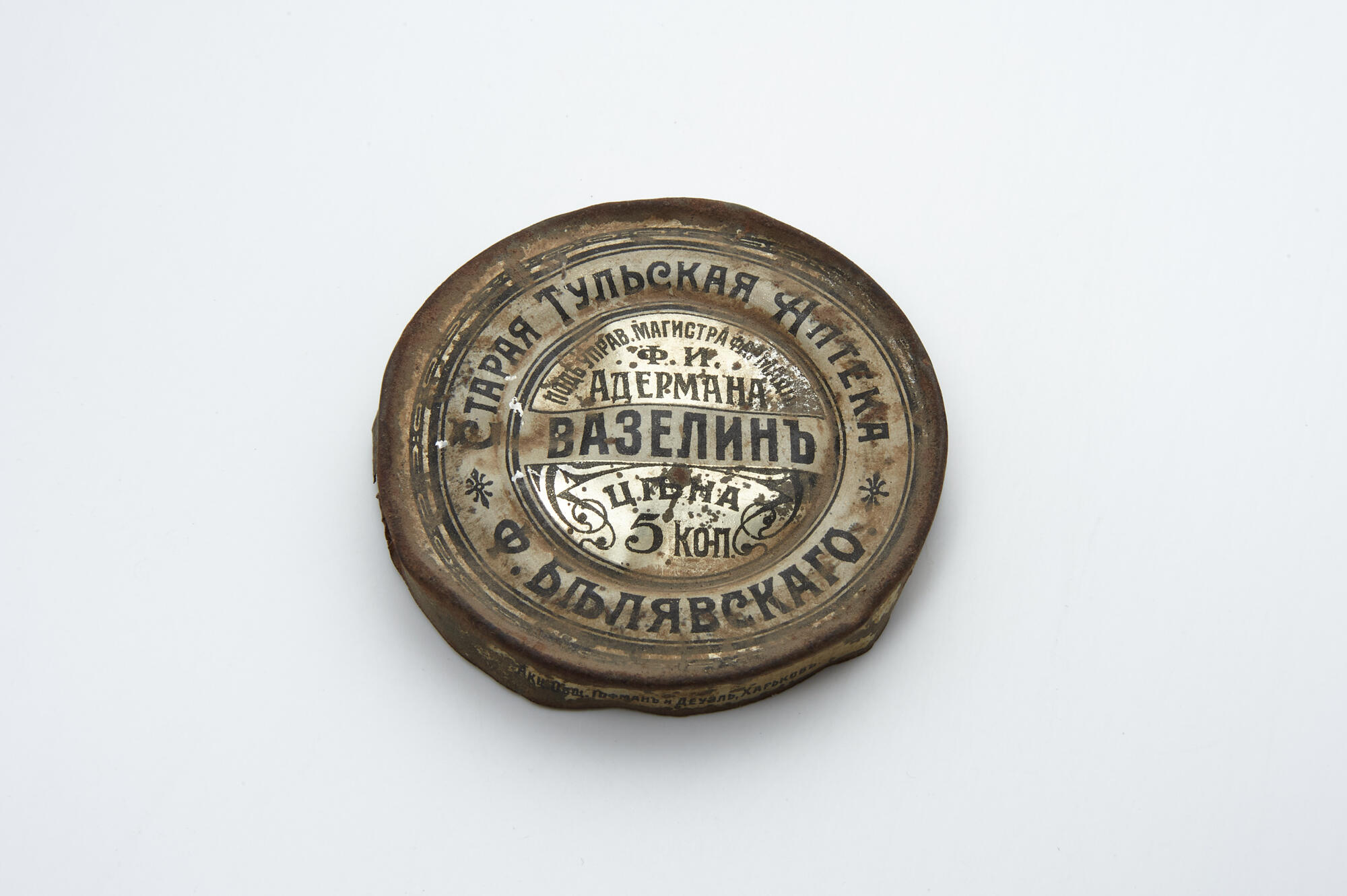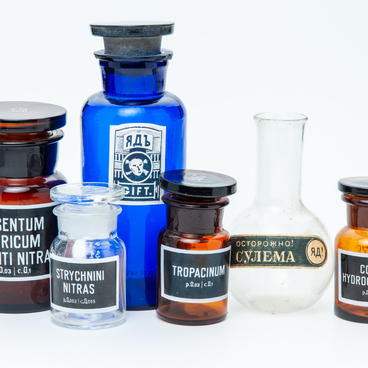The name ‘vaseline’ is formed from two foreign words: the German wasser (water) and the Greek elaion (olive oil). This is a salve-like substance, which has the form of a purified translucent mass without smell and taste. It is produced from oil. Due to its structure, vaseline cannot be dissolved in water or alcohol, but it is soluble in ether, gasoline, and chloroform.
Vaseline was invented in the second half of the 19th century by the English chemist Robert Chesebrough. During a trip to an oil field in Pennsylvania, 22-year-old Robert noticed a jelly-like mass that clogged the filters of the pumps. Later, he found out that workers sometimes used this substance as an ointment to heal cuts and burns.
Chesebrough began to examine the substance, refined it from the smell, made it transparent, and called it oil jelly. Soon the pharmacies began to sell the new product, but it was not popular. Its name scared off buyers: they thought that the substance was flammable. Therefore, the ointment was renamed vaseline.
There are two types of vaseline: natural and artificial. Natural (‘American’) vaseline is obtained by processing and refining deciduous paraffin resins. Natural vaseline is transparent and has a strong viscosity and stickiness, it is difficult to wash off. Artificial vaseline has a yellow tone to it. It is produced at oil plants or cosmetic factories. Artificial vaseline is used as the basis of creams and ointments for medicinal purposes.
At the end of the 19th century, vaseline could be found on the shelves of pharmacies. In the pharmacy of Ferdinand Belyavsky, it was sold in a flattened tin jar worth 5 kopecks. The article of the ‘Magazine for Housewives’ from 1912, mentioned the useful properties of vaseline: ‘Vaseline is the best tool for skin lubrication. <… > Softens the skin no worse than the most composite and expensive creams.’ The author of the article advised putting the vaseline on one’s hands and face in cold and hot weather before going outside. And before going to bed, it was necessary to rub the body with it.
In those years, vaseline was used not only as a medical remedy. Housewives wiped wooden furniture with it, baseball players wiped the skin of gloves, and swimmers rubbed the body to reduce resistance in the water. Even actresses often put vaseline tears on their faces before the performance.
Vaseline was invented in the second half of the 19th century by the English chemist Robert Chesebrough. During a trip to an oil field in Pennsylvania, 22-year-old Robert noticed a jelly-like mass that clogged the filters of the pumps. Later, he found out that workers sometimes used this substance as an ointment to heal cuts and burns.
Chesebrough began to examine the substance, refined it from the smell, made it transparent, and called it oil jelly. Soon the pharmacies began to sell the new product, but it was not popular. Its name scared off buyers: they thought that the substance was flammable. Therefore, the ointment was renamed vaseline.
There are two types of vaseline: natural and artificial. Natural (‘American’) vaseline is obtained by processing and refining deciduous paraffin resins. Natural vaseline is transparent and has a strong viscosity and stickiness, it is difficult to wash off. Artificial vaseline has a yellow tone to it. It is produced at oil plants or cosmetic factories. Artificial vaseline is used as the basis of creams and ointments for medicinal purposes.
At the end of the 19th century, vaseline could be found on the shelves of pharmacies. In the pharmacy of Ferdinand Belyavsky, it was sold in a flattened tin jar worth 5 kopecks. The article of the ‘Magazine for Housewives’ from 1912, mentioned the useful properties of vaseline: ‘Vaseline is the best tool for skin lubrication. <… > Softens the skin no worse than the most composite and expensive creams.’ The author of the article advised putting the vaseline on one’s hands and face in cold and hot weather before going outside. And before going to bed, it was necessary to rub the body with it.
In those years, vaseline was used not only as a medical remedy. Housewives wiped wooden furniture with it, baseball players wiped the skin of gloves, and swimmers rubbed the body to reduce resistance in the water. Even actresses often put vaseline tears on their faces before the performance.



